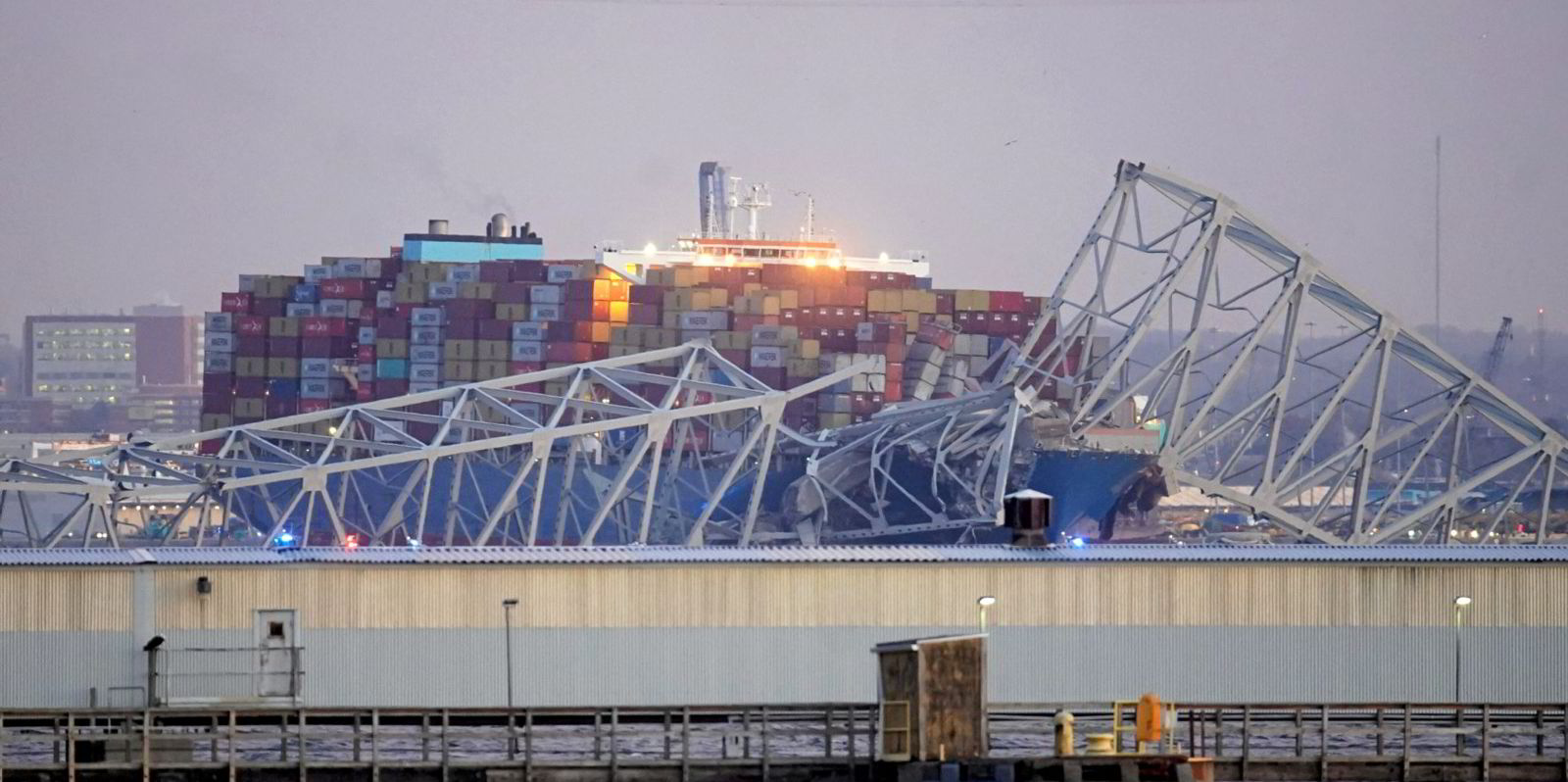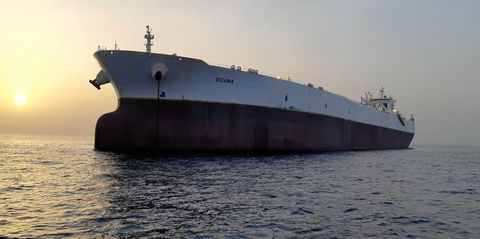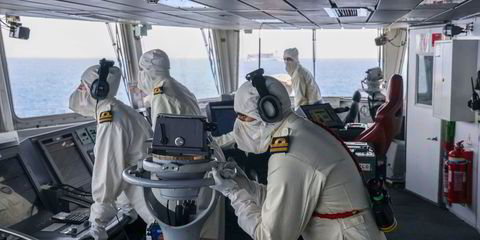Talking to Baltic Exchange chief executive Mark Jackson on the day of the Baltimore bridge disaster seemed appropriate.
Events of this magnitude have pushed shipping to the top of the news agenda in recent months and attracted growing interest from hedge funds, venture capitalists and others “adjacent to shipping”, he believes.
“They’re seeing the headlines about whether you’ve got the Houthis firing missiles, or there’s congestion in Suez or Panama, and all of these sort of things,” he said.
“And a lot of people are just wondering how that impacts them. Others are asking, ‘Is there an investment opportunity?’”
The widening media interest helps explain why the Baltic published a White Paper to outline its latest data offering in tanker and dry markets.
The Baltic Exchange Investor Indices (BII) is being promoted after four years of development to create a tool that enables investors to benchmark shipping investments.
The potential of the BII is not being underplayed. One Baltic source touts the indices as the biggest offering to the industry since the launch of the Baltic Dry Index (BDI) nearly 40 years ago.
Wall Street interest
Whether that transpires remains to be seen, but those promoting the BII are confident that it will find an audience.
The expectation is that the indices will give lenders, funds and other investors a clearer view of data relevant to vessel investment indicators.
“I think that Wall Street suddenly became a little bit sort of shipping orientated,” said Jackson.
He compares the current market with the years after the financial crisis following the shipping boom of the noughties, when investors came to the industry in the belief that shipping markets were undervalued.
“It’s almost like you can feel that there’s a wave of that coming again,” he said.
Some observers argue that new players entering shipping are solely those interested in the forward freight agreements market, but that would be wrong, according to Jackson.
“Actually, they’re starting to look at the industry and saying: ‘You know, is this a place to invest?’”
The Baltic’s pitch is that the investor indices will cater to those needs by providing data to inform vessel investment decisions.

The BII comprises nine measures of categories deemed relevant to investors.
That includes measures of vessel residual value, the health of earnings (ratio of earnings versus operating costs) and running costs.
“We want people to look at using this as a benchmarking tool,” said Paul Mazzarulli, the Baltic’s head of communications in the US.
“That’s why we’re expanding the reach so broadly, rather than just shipowners and charterers and brokers.”
Many investors of publicly listed US shipping companies are relatively small or unknown in shipping circles, he argues.
For such investors, the BII will be more relevant than the BDI, a weighted index of several dry bulk sizes.
“The BII is a tool for them to analyse their holdings as much as it is an investment vehicle or a trading opportunity,” said Mazzarulli.
“This is the only tool that would give those investors the ability to make those decisions on a numerical basis rather than from the gut, as some people like to.”
Efforts are also being made to make the investor indices more user-friendly than the existing Baltic indices.
For example, demolition values are not quoted in dollars per light displacement tonnage or ldt but are given a lump sum figure.
Jackson believes what the Baltic is doing will be good for all stakeholders in the shipping markets, ultimately drumming up business for the Baltic panellists and shipbroking members.
“At the end of it as well, we want to bring more money into our market. We want to make it grow…” he said.
“Part of what we’re about is trying to promote the shipping market and make the pie bigger.
“Hopefully it’s of benefit to the brokers and it’s a benefit to the financiers and the lawyers and the accountants.
“That’s part of what we do as the Baltic, it’s to try and promote this industry.”








